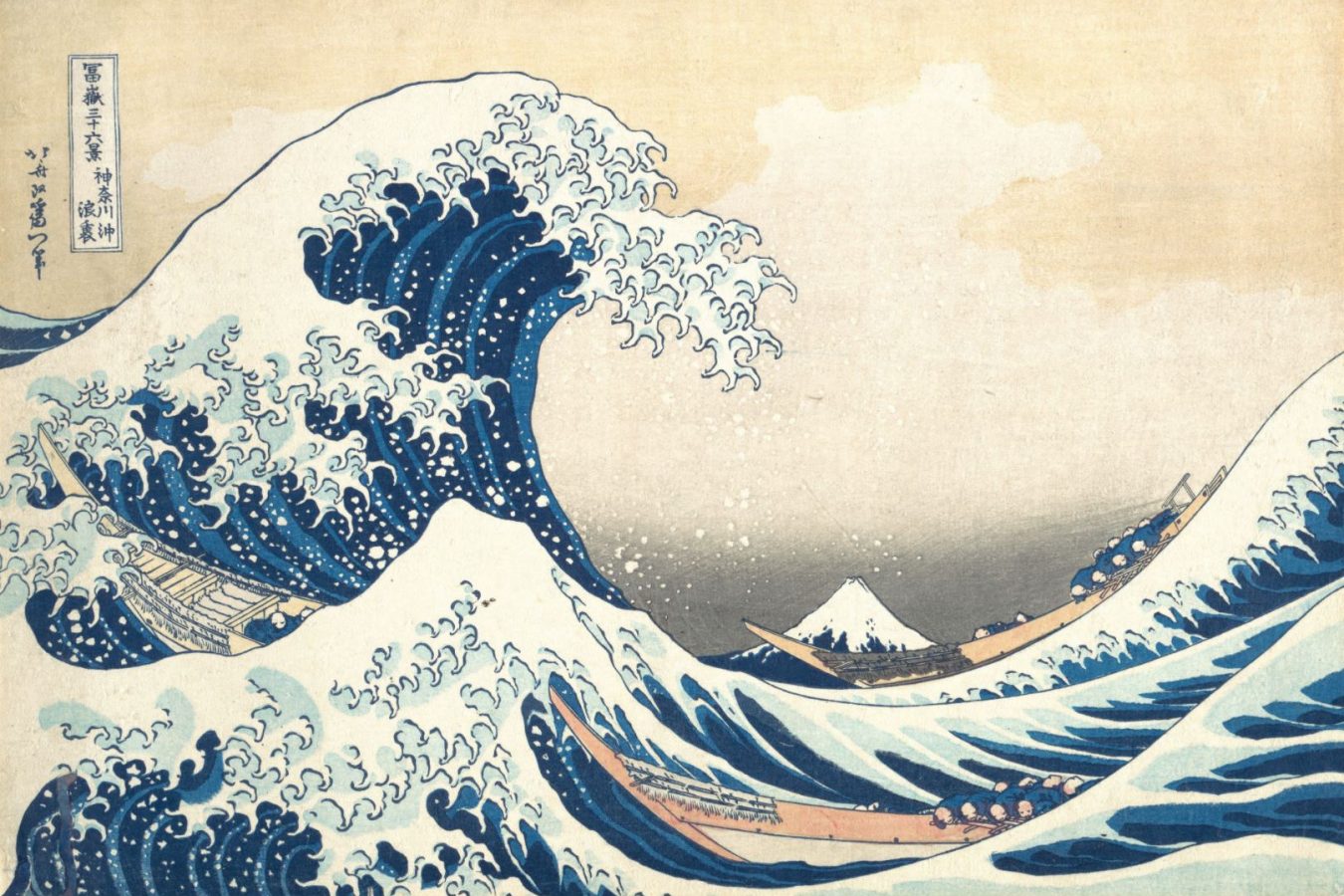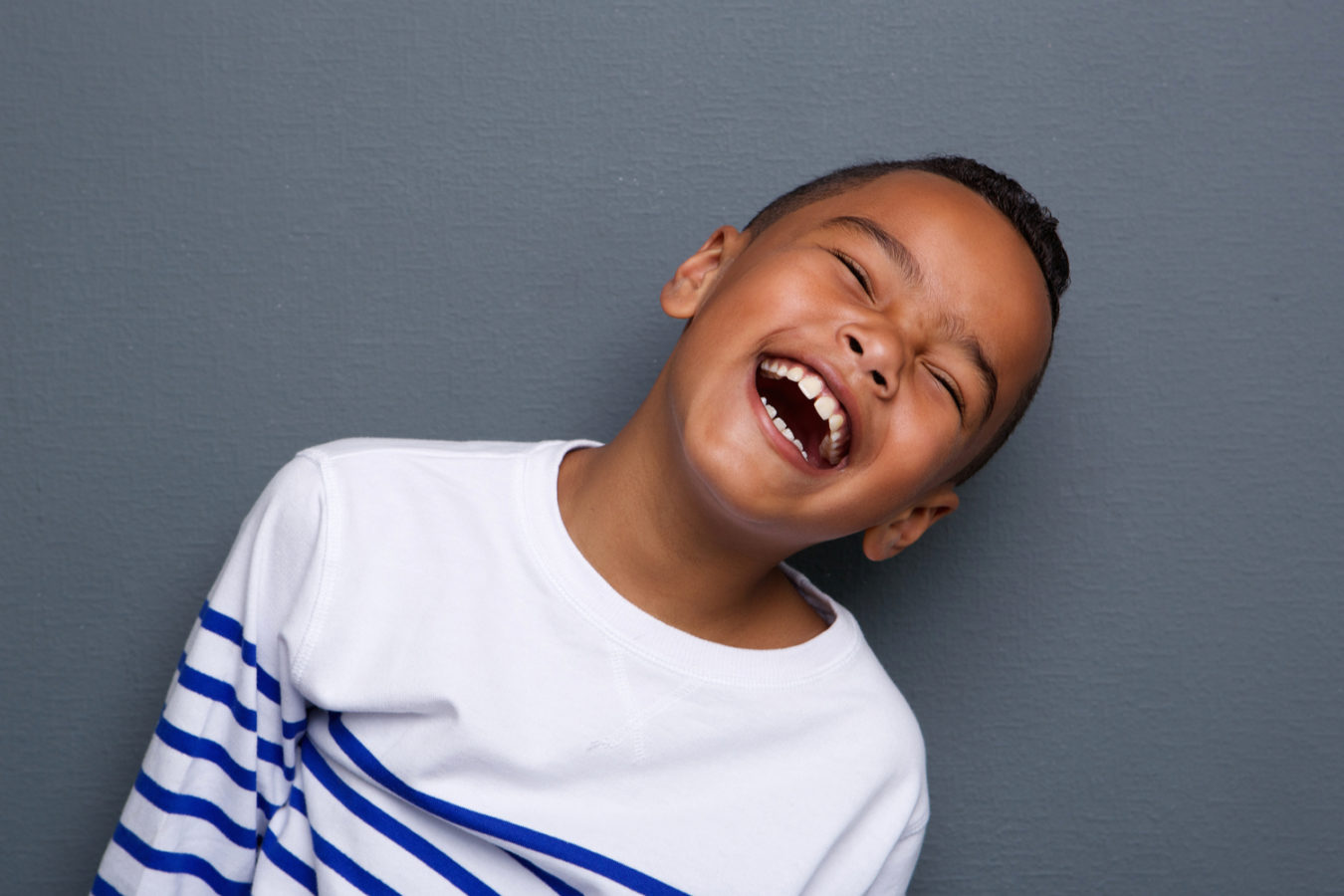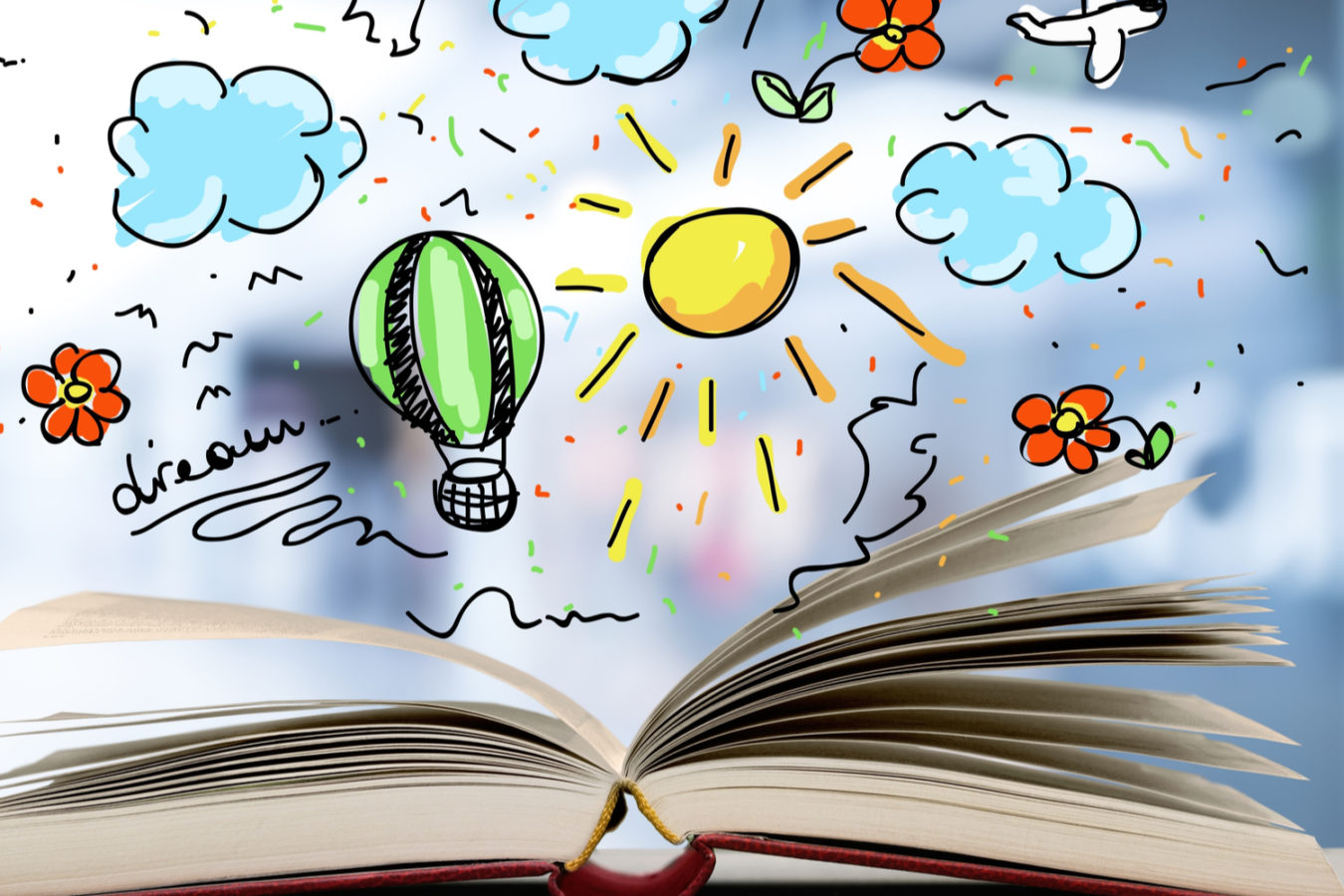
Diane Bourke explores the importance of joy in our lives, and how we can embrace it with our children.
Wow! How a walk along Southbank was transformed when I came across David Greybeard, Jane Goodall’s iconic chimpanzee, fashioned into a quite massive commemorative figure by visual artist, Lisa Roet.
As breathtaking as the sculpture is, what caught my attention was the reaction of the foot traffic on Princes Bridge. Almost to a person, they were stopped in their tracks, intrigued, smiling and laughing, and, it seemed to me, experiencing pure joy.
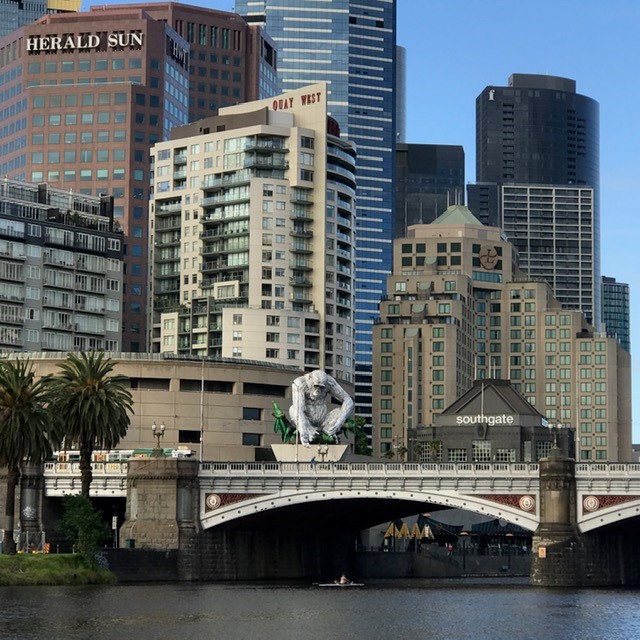
Why joy is different to happiness
Joy is an often-overlooked emotion. Not everyone agrees on the definition. I’ll use the idea as explained by Ingrid Fetell Lee in her TED talk. Ingrid sees joy as ‘an intense experience of positive emotion, one that makes us want to smile, laugh and feel like we want to jump up and down’.
Joy is quite distinct from happiness, which measures how good we feel over time. Joy begins with the senses and involves feeling good in the moment, just as David Greybeard’s onlookers demonstrated. Obsessed, as we often are, with the pursuit of happiness, the more momentary expression of joy can be overlooked and undervalued.
On a scientific level, we feel joy in our bodies because of the release of dopamine and serotonin, two types of neurotransmitters in the brain. Both of these chemicals are heavily associated with pleasurable sensations. Those neurotransmitters are responsible for processes and feelings in almost every aspect of the body. Not only does joy make us feel great but that joyful feeling is thought to boost the immune system, fight stress and pain, promote healthier lifestyle and support longevity.
According to Ingrid, certain objects are named whenever people talk about experiencing joy, specifically bubbles, tree houses, hot air balloons, fireworks and ice-cream cones with sprinkles. Interestingly, these objects cut across ethnicity, age and gender.
Each of us finds joy in the same things, a true shared humanity.
The joyful energy of colour
Although the feeling of joy is ethereal and mystifying, we can access it through tangible, physical attributes that Ingrid calls the aesthetics of joy. Energy/colour, abundance, surprise, transcendence, magic, celebration and play are some aesthetics she has listed. Rainbows link to colour, sprinkles to abundance, and bubbles conjure up a world of play.
I still remember my first year at school when the teacher wrote on the board with vibrant yellow chalk. I fell in love with yellow on that day and have found joy in its energy ever since.
It has been found that people who work in colour are more alert, confident, and friendlier than those working in drab spaces. Colour is energy and buoys the spirit.
To counterbalance a home, decorated in largely neutral tones, I recently purchased the brightest coloured apron I could find to hang across the pantry door. It winks at me whenever I pass by and brightens my day.
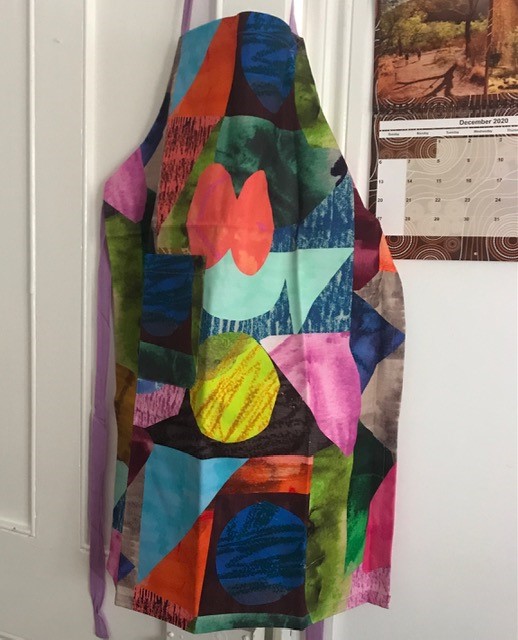
When Edi Rama, (now Albania’s Prime Minister), took office as Mayor of downtrodden Tirana, Albania’s capital city, he found the city budget squandered, corruption rampant and crime the norm. But Rama had an idea to raise the spirits of his town. He painted a grey building bright orange then set about having more of the city painted in loud colours and bold designs. He rejected initial resistance and pleas for more neutral colours.
As brighter colours appeared everywhere in Tirana, a mood of change started transforming the spirit of the people. Less litter was dropped in the streets, people started to pay taxes and crime fell. Beauty gave the people a feeling of joy and protection.
It should be unsurprising that people expend a great deal of energy to obtain the brightest colours. The Dieri people of the Lake Eyre Basin were known to make an annual pilgrimage on foot each year to gather golden red ochre pigments from a mine in Bookartoo, a round trip journey of nearly 1000 kms. Only the brightest, shiniest ochre was acceptable for their ritual body paintings.
Bright colour is a dimension universally understood to be joyful. Children feel the connection.They take in the world around them through their eyes, and bright colours are one of the first aspects of sight that help them distinguish form and categorise objects. Warmer colours like orange and yellow are known to bring happiness and comfort while the food, beverage and toy industries are well aware of children’s attachment to bright colours when they market children’s products.
Let children guide you
If the aesthetics of joy can help us find more joy in the world around us, why not use this research to create more joy in our lives? Each moment of joy may be small but over time the totality of joyfulness exceeds the sum of its parts. Joy is something we can create. We can plan for it. The festive season and school holidays provide ideal opportunities for us to embrace more joy within all our social groups and put ourselves on a joyous trajectory.
Be guided by children. Each child has a natural predisposition to ‘enjoy’ and it’s our job to make sure that predisposition is cultivated and preserved.
Forget what others might think and be playful. Ignore the fact that exuberance sometimes opens adults up to negative judgement.
Remember, too, that by playing with children, we are strengthening existing bonds, sharing quality time and providing essential vocabulary and language models.
Notwithstanding the swarm of well-intentioned Christmas brochures laden with descriptions of items, encouraging us to give ‘a little joy’ this Christmas, cultivating joy does not require monumental effort or expense.
Here are just a few ideas.
Tips for Cultivating Moments of Joy
Lucky are the children who have adults in their lives capable of engaging in pretend play, silly games and joyful downtime.
- Limit technology for one and all
- Read together for pleasure
- Read poetry to attune your child to the beauty of language and metaphor.
- Camp out in the yard
- Fly a kite
- Ride a bike
- Blow bubbles
- Grow a garden
- Make poms poms
- Make colourful icy poles with fruit juices
- Hold a family dance party
- Create a fun name for your house, mine is Windy Corner
- Find shapes in the clouds
- Get to know your local flora and fauna
- Claim a tree and observe it throughout the year
- Picnic locally
- Buy a hula hoop, play quoits or hooky
- Set up a bird feeder outside your kitchen window
- Take a colour walk around the neighbourhood, look for yellow, or red or …
- Make slime
- Enjoy a watermelon eating competition
- Look at the stars
- Walk barefoot along the shore
- Play games such as Tenzi, Jenga and Bananagrams
About Diane Bourke
Diane Bourke is a Project Manager for Independent Schools Victoria. She was Head of Junior School, Campbell House, at The Geelong College for 16 years, and Head of Junior School, Morris Hall, Melbourne Girls Grammar for 15 years.
Like this post? Please share using the buttons on this page.
